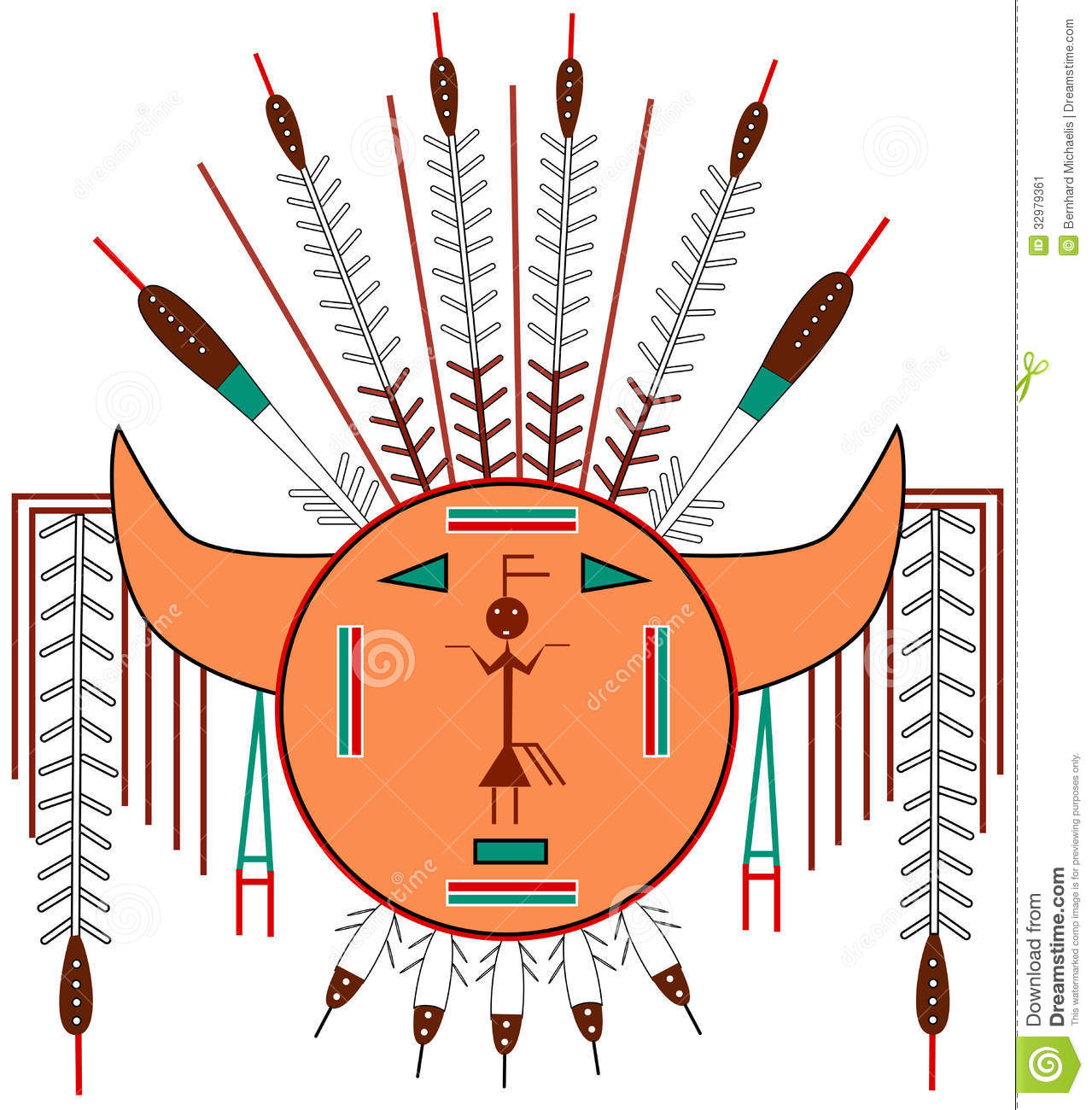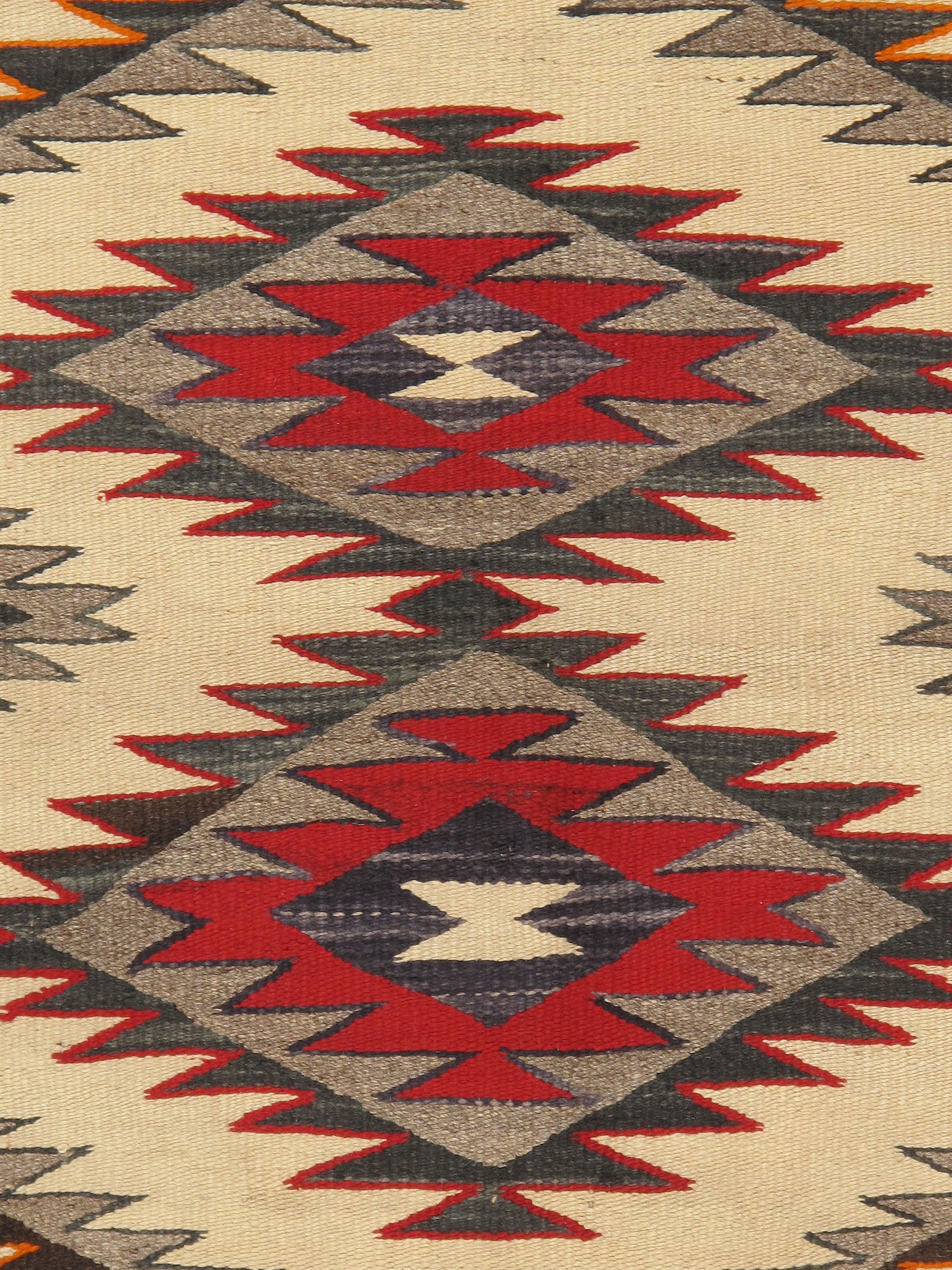Table Of Content

They then must be shorn, the fleece cleaned, and the wool carded, spun—a process still done by hand—and, if applicable, dyed. Whether the final product impresses for its simplicity or its complexity, the process is the same. Many weavers still do each of these tasks themselves, from raising lambs to spinning, or as part of a small, interdependent group. Small pieces like saddle blankets are around $3,000 and big rugs run into tens of thousands.

Net-zero energy homes
Tribes in the US northeast and Pacific northwest practised it, but usually with vines and other plants, as they didn't have access to cotton and wool. Navajo work is the richest and most developed native weaving in the United States. The weaver might deliberately mix together natural dyes like a cochineal red, with an aniline one. That’s what you can see in the Third Phase Chief’s Blanket [above]. Our editors will review what you’ve submitted and determine whether to revise the article.
The Different Meanings Of Navajo Designs

To better understand modern day Navajo rugs, we should talk a little bit about antique Navajo blankets and Navajo history overall. The Navajo people, among all the weavers of Native American blankets, have throughout history been considered the masters in weaving. Until about the 1820s, the Navajo made simple striped blankets identical to the Pueblo. Then Navajo weavers began making what cultural historians call the "first-phase chief's blankets." The design for these is the simplest of all the Navajo 19th-century blankets, consisting of brown, blue, and white bands and stripes. These blankets, which the Ute Indians prized (hence the reference to them as Ute-style) are most valued by Navajo blanket collectors today, in large part because of their rarity.
Navajo Rugs
You may be wondering why I would include a piece in the list so similar to the last. So when he painted and etched the piece, he reveal the terracotta coloring of this clay (the other had a gray or stone like coloring to it). The Navajo people have a deep history of being great artisans and craftsmen.
Over the three-hundred-year history of weaving, Spider Woman remains a constant reminder of traditional Navjao wisdom and her many gifts to the Navajo people. As outside influences began to penetrate the world of the traditional Navajo weaver, patterns, symbols and colors have constantly evolved and changed. Petroglyphs, pictographs and pottery shards inspired traditional Navajo weavers. This symbol comes from the Navajo origin myth and was incorporated into weavings as a good luck symbol for gifts or for sale at trading posts. The “spirit line” is a small strand of yarn of contrasting color that flows from the inner design element of the weaving to the outer edge.
Moab History: What is the Navajo “storm” design? – Moab Sun News Moab, Utah - Moab Sun News
Moab History: What is the Navajo “storm” design? – Moab Sun News Moab, Utah.
Posted: Thu, 22 Jun 2023 07:00:00 GMT [source]
I also went to Los Alamos to see the site where the WWII work on atomic weapons was done. May I also add how much I enjoy your occasional forays into cloth and the great variety of it seen around the world. And don’t forget the many beutiful weavings from Skåne, agedynor etc.
However, the tradition of the Navajo shearing their own sheep and making their own yarn still exists. Donation to the elders with families are greatly appreciated. We welcome the donations to Four Winds Weavers nonprofit organization.
In addition to utilitarian water jars and food storage, many pieces had a ceremonial use. The vase pictured above was made specifically for the wedding ceremony. The two-headed vase is a distinctive pottery style of the tribes whose ancestors settled in the Southwest of the United States. Wedding vases are among the early Navajo pottery discovered by archeologists. Though not traditional Navajo pottery, the style is incredibly popular with consumers. Navajo pottery artists have begun to make it larger quantities.
Navajo weaving
"In order to cater to the ever-greater number of tourists, the Navajo began making rugs." The spirit line then became a thin contrasting line that ran from the inner weaving to the outer edge to ensure that the creative spirit could still be found. Jackson Clark, founder of Toh-Atin Gallery in Durango, Colorado, is a descendant of this trader tradition. His maternal grandfather, whom Clark jocularly refers to as “one of those guys who came out west to die of tuberculosis but didn’t do it until he was ninety-six,” ran a trading post on the northern end of the Navajo Nation. Clark’s father, too, became a trader, albeit more or less by accident. The stores were short on cash to buy merchandise, so he traded sodas for weavings and then sold the weavings to obtain the money owed to Pepsi-Cola.
Similar to the Pueblo pottery tradition, Navajo women were the chief pottery makers. The craft was passed from one generation of women to the next. The first Navajo people lived in western Canada approximately 1,000 years ago. The Athapaskans are a group of tribes now found in Alaska and northern Canada. The Athapaskans referred to themselves as Dine or “the people”.
I think it’s important also to emphasise how much grey area there is in the middle. If you try to recreate a craft that doesn’t exist anymore, and respect every element of it, that’s rather different from selling cheap versions of a craft that is still currently practised by the original peoples. Beautiful stuff.I read years ago that Navajo women made the first computer chips (when they were made by hand). Apparently, they were the only ones who could remember the complex patterns required to assemble.
Indigenous Weaver Naiomi Glasses Is Ralph Lauren's First Artist in Residence - Vogue
Indigenous Weaver Naiomi Glasses Is Ralph Lauren's First Artist in Residence.
Posted: Tue, 05 Dec 2023 08:00:00 GMT [source]
It involves the Navajo legend story, herding the sheep, preparing the wool, weaving the wool on a loom, and designing the Navajo rug. This whole traditional process enables weavers to create an authentic Navajo rug. We display many types of traditional Navajo rugs woven by the people and convey our message of cultural preservation to the global community.
Vegetal dyes, many discovered or recovered in the last 50 years, lend their soft and pleasing pastels to the rugs of Crystal and Chinle and Wide Ruins. J.L. Hubbell, Indian trader at Ganado did much to revive Navajo weaving at the turn of the century and many of the Navajo rugs from that region still display the dark “Ganado red” as popular today as it was then. You can appreciate and shop through our Ganado rug collection here. Etsitty is serving as an adviser to the class as well as a resource on Navajo history and culture. His goal is to help the students develop viable design responses to the school that reflect an understanding of the land and the Dine’ people.
Her latest collection honors the “aesthetic of the flourishing Northern Plains” and features traditional floral and elk patterns in bright colors. The Cameron Trading Post has proudly sold many Navajo rugs since we first opened more than a century ago. Our rugs include Germantown, Teec Nos Pos, and Yeis & Yei Be Chais rugs.
At the Tucson ANTIQUES ROADSHOW in summer 2006, appraiser Douglas Deihl, of Skinner in Boston, Massachusetts, examined an antique Navajo blanket, probably woven in the 1870s, that was colored with indigo blues and a variety of reds. "Stylistically," Douglas told the woman who owned the blanket, "this is called a Navajo third-phase chief's blanket." A word that can be applied is “expensive.” Large vintage and antique Navajo weavings in good condition start at more than $1,000 and skyrocket from there. In 2012 an exceptional nineteenth-century Phase 1 blanket with stripes of brown, white, red, and blue, realized $1.8 million at John Moran Auctioneers. Cultural appropriation is a fictitious term that has no meaning but continues to be naively propagated.
The introduction of aniline dyes in the late 19th century led to a period in Navajo weaving characterized by bright and even gaudy designs. The history of helping the Navajo elders started in the early 1980s. If you were to own an authentic Navajo rug, the elders have requested that they can keep your Navajo rugs in balance and they can assist with repairs. They appreciate restoring the traditional Navajo rugs to their natural beauty for which they were originally intended. The traditional Navajo weavers from Teesto, Big Mountain, and other communities in Arizona were facing harsh times of losing culture and asked Grandmother Grace Yellow Hammer to begin conveying the message of preserving their culture and humanitarian efforts.

No comments:
Post a Comment